Mastering VAT Calculation: A Comprehensive Guide

Navigating Value Added Tax (VAT) calculations is essential for businesses to comply with tax regulations and accurately determine the tax liabilities associated with their transactions. In this comprehensive guide, we'll delve into the fundamentals of VAT, explore how VAT rates vary across jurisdictions, provide a step-by-step guide to calculating VAT, explain how to handle VAT inclusive and exclusive prices, introduce tools like VAT calculators, address common calculation errors, offer practical examples for various scenarios, discuss legal requirements, provide tips for automating calculations, examine VAT implications in different transaction types, analyze the impact of VAT on pricing strategies, and answer frequently asked questions about VAT calculations.
What is VAT and How Does It Work?
VAT is a consumption tax levied on the value added to goods and services at each stage of production or distribution. It is ultimately borne by the end consumer and collected by businesses on behalf of tax authorities. VAT is typically expressed as a percentage of the selling price of goods or services.
Understanding VAT Rates: How They Vary Across Different Jurisdictions
VAT rates vary across different jurisdictions and product categories. Standard rates typically range from 15% to 25%, but some countries also apply reduced rates for certain goods and services, while others may have zero-rated or exempt items. It's crucial for businesses to be aware of the applicable VAT rates in the jurisdictions where they operate.
Step-by-Step Guide to Calculating VAT
Calculating VAT involves applying the appropriate VAT rate to the selling price of goods or services. The formula for calculating VAT is:
VAT Amount = Selling Price × (VAT Rate / 100)
The total amount payable by the customer, including VAT, is the selling price plus the VAT amount.
How to Calculate VAT Inclusive Prices
To calculate the selling price inclusive of VAT, businesses can use the formula:
Selling Price Inclusive of VAT = Selling Price Exclusive of VAT + VAT Amount
How to Calculate VAT Exclusive Prices
To calculate the selling price exclusive of VAT, businesses can use the formula:
Selling Price Exclusive of VAT = Selling Price Inclusive of VAT / (1 + (VAT Rate / 100))
Using a VAT Calculator: Tools and Resources
VAT calculators are valuable tools for businesses to quickly and accurately determine VAT amounts. Online VAT calculators are readily available and can handle complex calculations based on different VAT rates and scenarios. Additionally, accounting software often includes built-in VAT calculation features to streamline the process for businesses.
Common VAT Calculation Errors and How to Avoid Them
Common VAT calculation errors include using incorrect VAT rates, applying VAT incorrectly to exempt or zero-rated items, and rounding errors. To avoid these errors, businesses should double-check VAT rates, classify goods and services correctly, and use precise calculation methods.
VAT Calculation Examples for Common Scenarios
Practical examples of VAT calculations include calculating VAT on the sale of goods, services, and imports, as well as accounting for VAT refunds, discounts, and promotions. By understanding these scenarios, businesses can navigate VAT calculations more effectively.
Calculating VAT on the Sale of Goods:
Example: A retailer sells a product for $100 with a VAT rate of 20%. The VAT amount is calculated as $100 × (20/100) = $20. Therefore, the total selling price inclusive of VAT is $100 + $20 = $120.
Calculating VAT on the Sale of Services:
Example: A consulting firm provides services worth $1,000 with a VAT rate of 15%. The VAT amount is calculated as $1,000 × (15/100) = $150. Hence, the total invoiced amount inclusive of VAT is $1,000 + $150 = $1,150.
Calculating VAT on Imports:
Example: A company imports goods worth $5,000 with a VAT rate of 25%. The VAT amount is calculated as $5,000 × (25/100) = $1,250. Therefore, the total cost including VAT is $5,000 + $1,250 = $6,250.
Accounting for VAT Refunds:
Example: A business incurred $500 in VAT expenses on business purchases. It is entitled to a VAT refund. The refundable VAT amount is $500, which can be reclaimed from the tax authorities.
Calculating VAT for Discounts:
Example: A retailer offers a 10% discount on a product priced at $200 with a VAT rate of 18%. The discounted price is $200 - (10/100 × $200) = $180. The VAT amount is then calculated as $180 × (18/100) = $32.40. Therefore, the total discounted price inclusive of VAT is $180 + $32.40 = $212.40.
Calculating VAT for Promotions:
Example: An online store offers a "buy one, get one free" promotion on a product priced at $50 with a VAT rate of 20%. The promotional price for two items is still $50, but VAT is only applied to the original price of $50. Therefore, the VAT amount is calculated as $50 × (20/100) = $10. The total price inclusive of VAT for both items is $50 + $10 = $60.
Adjusting Your VAT Calculations for Discounts and Promotions
When offering discounts or promotions, businesses must adjust their VAT calculations accordingly. The VAT amount should be based on the reduced selling price after applying the discount, ensuring accurate tax reporting and compliance.
Legal Requirements for VAT Calculation and Reporting
Businesses are legally obligated to calculate and report VAT accurately, maintain proper records, and submit VAT returns on time. Failure to comply with VAT regulations can result in penalties, fines, and legal consequences.
Tips for Automating VAT Calculations in Accounting Software
Automating VAT calculations using accounting software can streamline the process, reduce errors, and ensure compliance. Businesses should leverage features such as predefined VAT rates, automatic calculation formulas, and integration with other financial systems for seamless VAT management.
Predefined VAT Rates:
Accounting software often allows users to set up predefined VAT rates for different product categories or services. By inputting these rates into the system, businesses can ensure that VAT calculations are accurate and consistent across all transactions.
Automatic Calculation Formulas:
Accounting software can be configured to automatically calculate VAT amounts based on predefined formulas. These formulas take into account the selling price, VAT rate, and any applicable discounts or promotions. By automating calculations, businesses can reduce manual errors and save time on data entry.
Integration with Other Financial Systems:
Integration with other financial systems, such as invoicing software or inventory management systems, enables seamless data flow and ensures that VAT calculations are synchronized across different platforms. This integration eliminates the need for manual data entry and reduces the risk of discrepancies between systems.
Real-time Updates:
Accounting software with real-time VAT updates ensures that businesses are always compliant with the latest tax regulations. Any changes in VAT rates or rules are automatically reflected in the system, minimizing the risk of non-compliance and penalties.
Customizable Reporting:
Choose accounting software that offers customizable reporting capabilities for VAT-related data. This allows businesses to generate detailed VAT reports for auditing purposes, tax filings, and internal analysis. Customizable reporting ensures that businesses have access to the specific information they need for VAT compliance and financial planning.
Audit Trail Functionality:
Look for accounting software that provides audit trail functionality, which tracks all changes made to VAT calculations and transactions. An audit trail ensures transparency and accountability, allowing businesses to trace any discrepancies back to their source and rectify them promptly.
VAT Calculations in B2B vs. B2C Transactions
VAT calculations may differ between business-to-business (B2B) and business-to-consumer (B2C) transactions, depending on the nature of the goods or services and the VAT status of the parties involved. Businesses must understand these distinctions to accurately calculate and report VAT.
Impact of VAT on Pricing Strategies
VAT has a significant impact on pricing strategies, as it affects the final selling price of goods or services. Businesses must consider VAT implications when setting prices, determining profit margins, and competing in the market.
Mastering VAT computations is vital for companies— an end all be all, to ensure they comply with tax regulations; accurately compute their tax dues and effectively manage their finances. Understanding the core principles of VAT calculation, knowing what tools and resources to use, steering clear of common errors, keeping up-to-date with legal requirements: these are the pillars that support businesses as they wade through the mire of complexities surrounding VAT.

Featured Insights

The African Tax Response to Fintech and Web3
🕝 January 5, 2026More News from World
Get real-time updates and developments from around the world, keeping you informed and prepared.
-e9lcpxl5nq.webp)


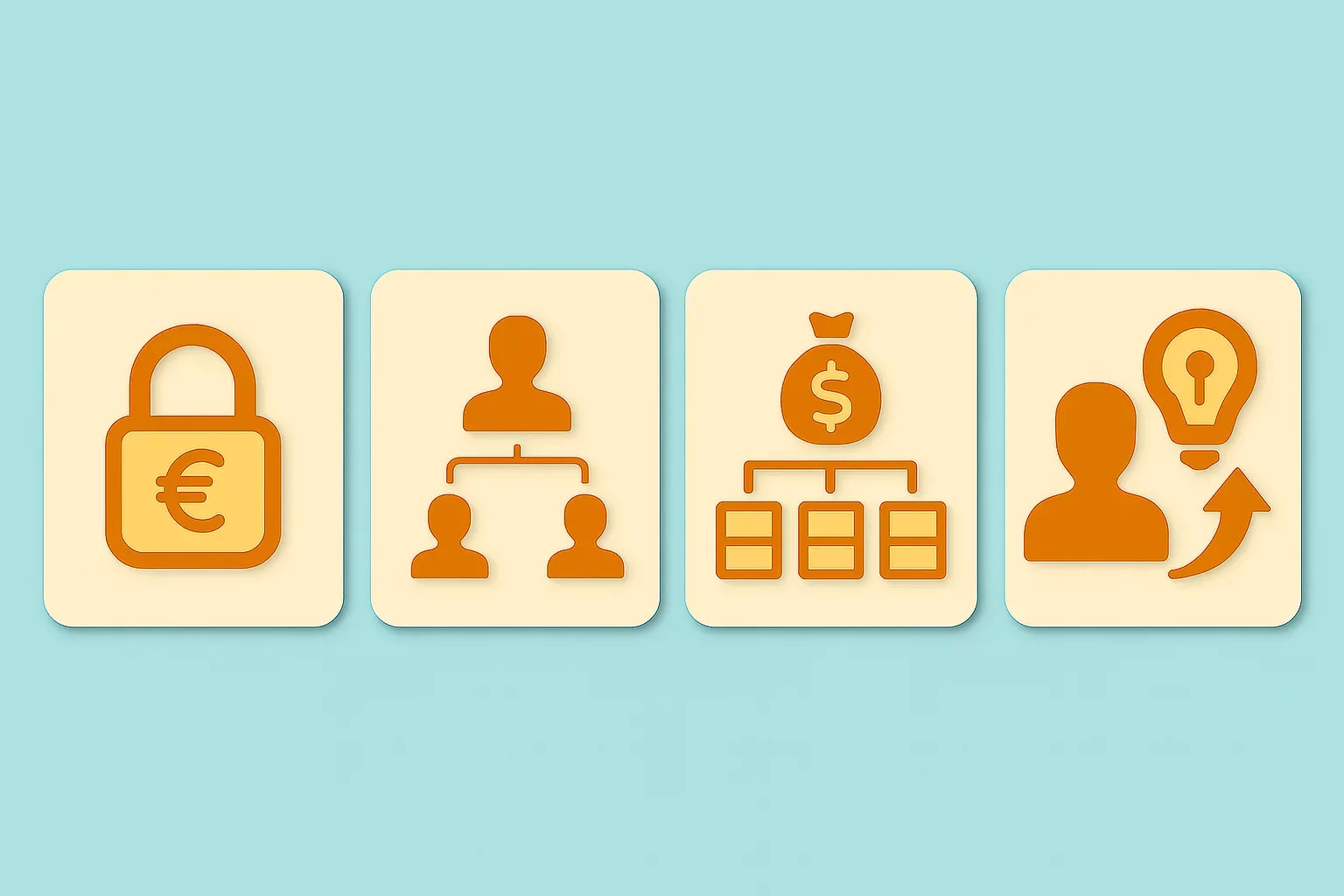
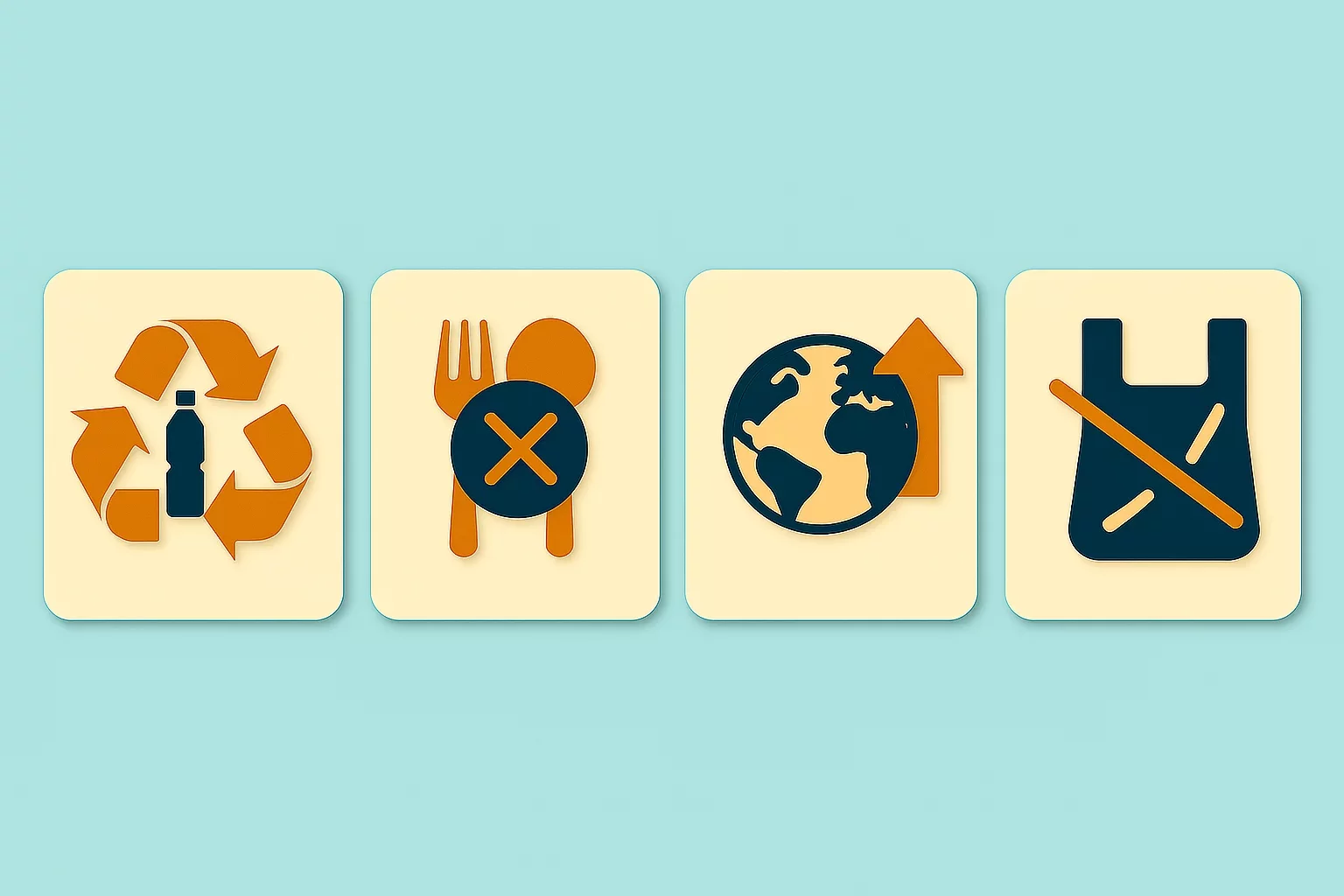


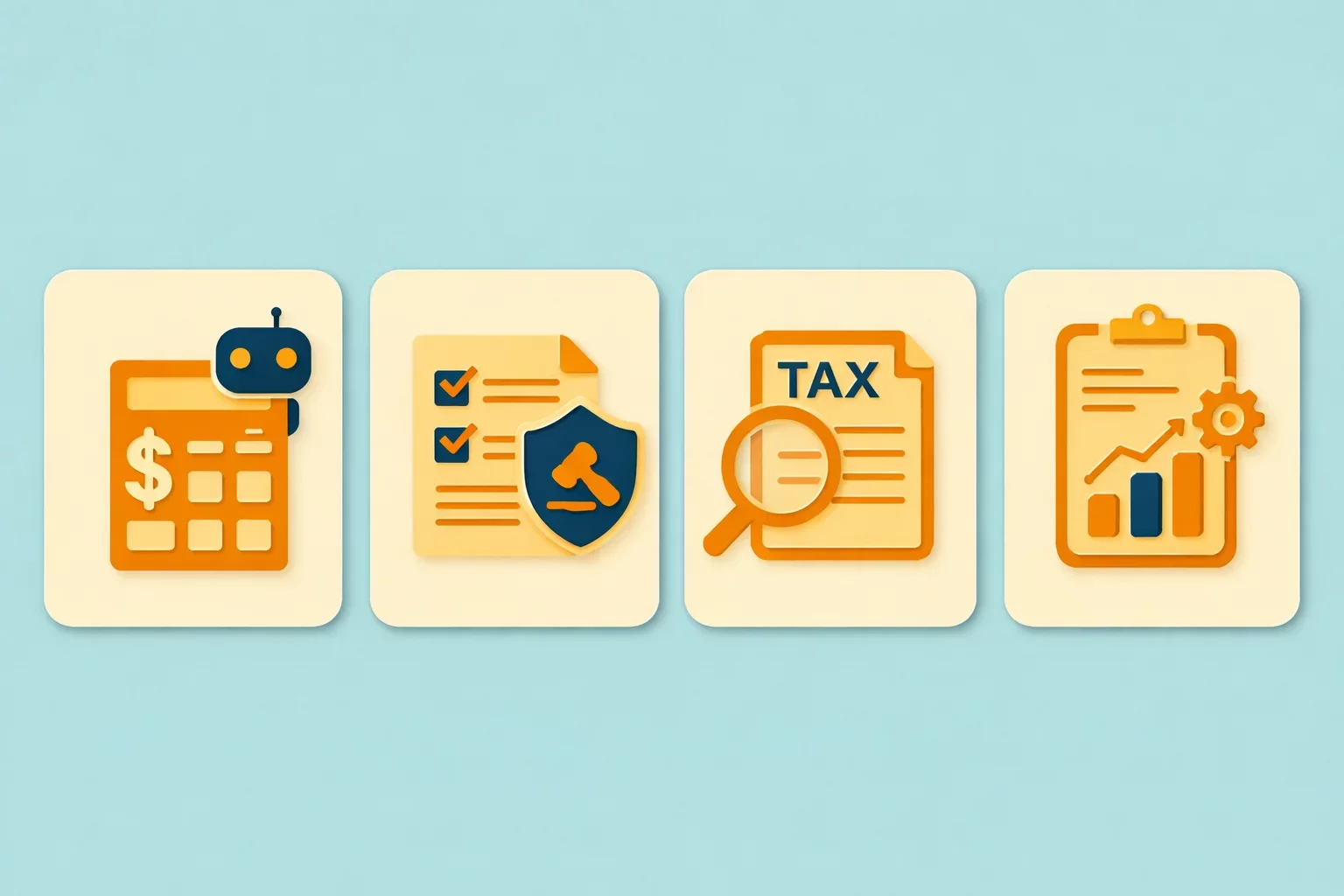





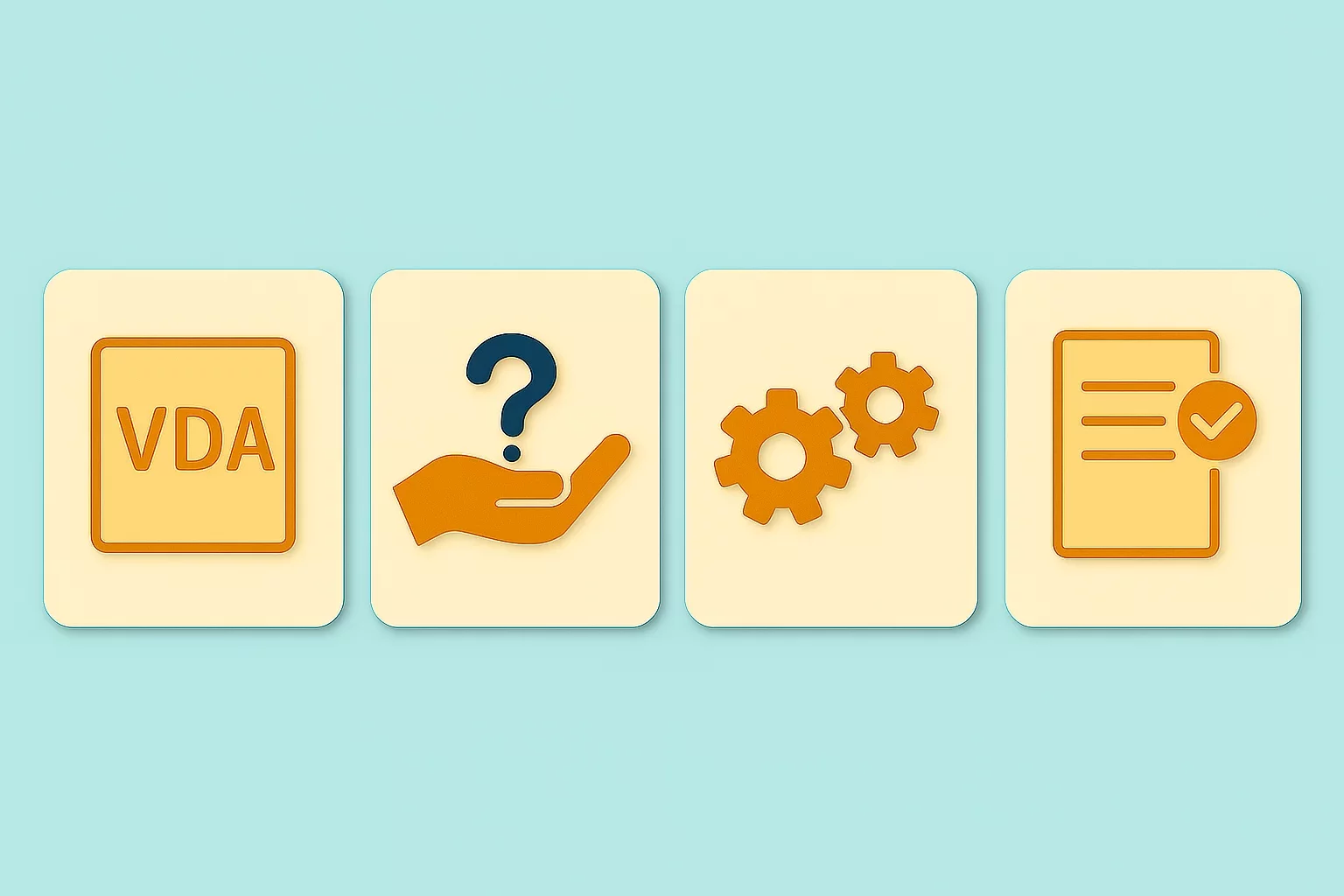


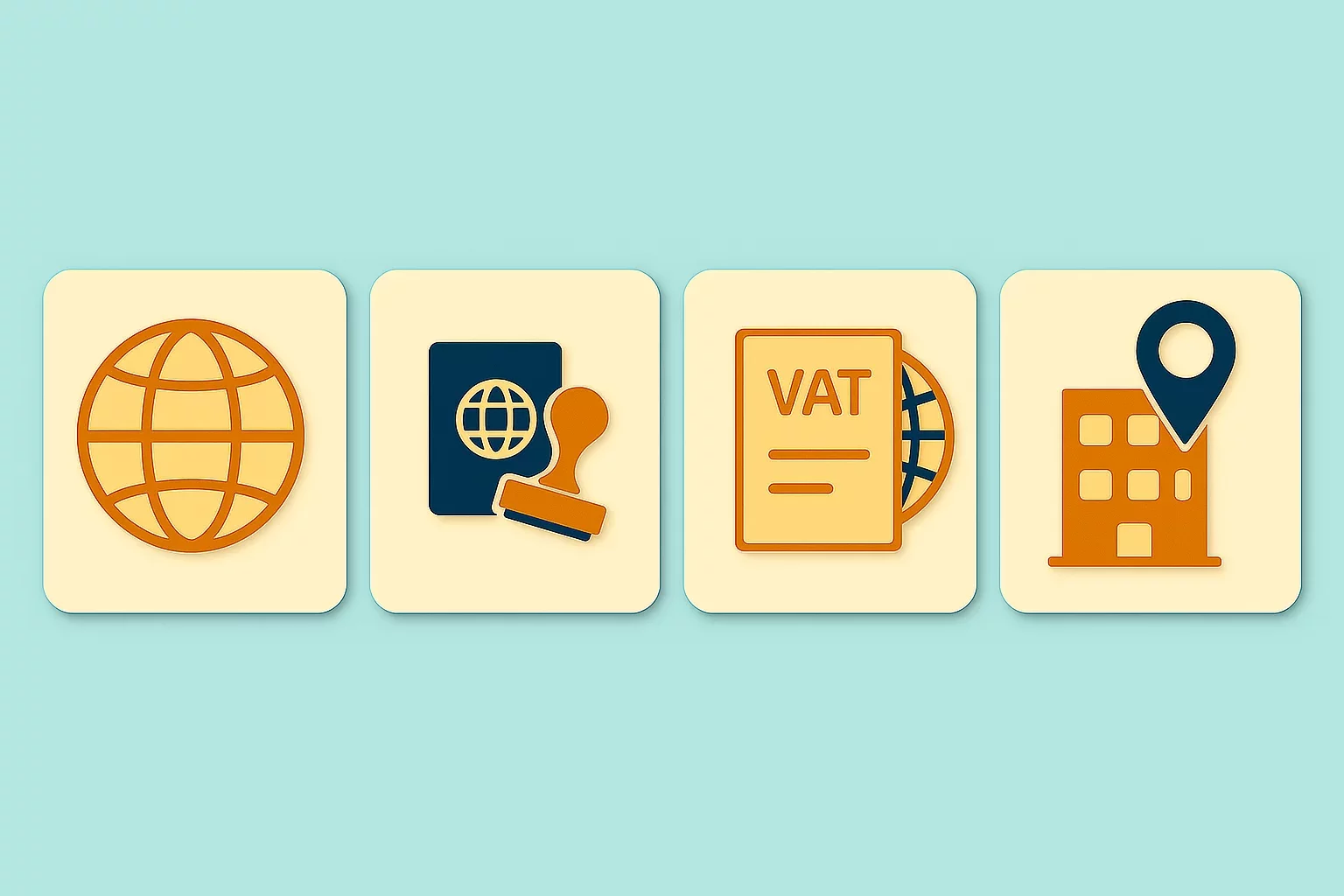
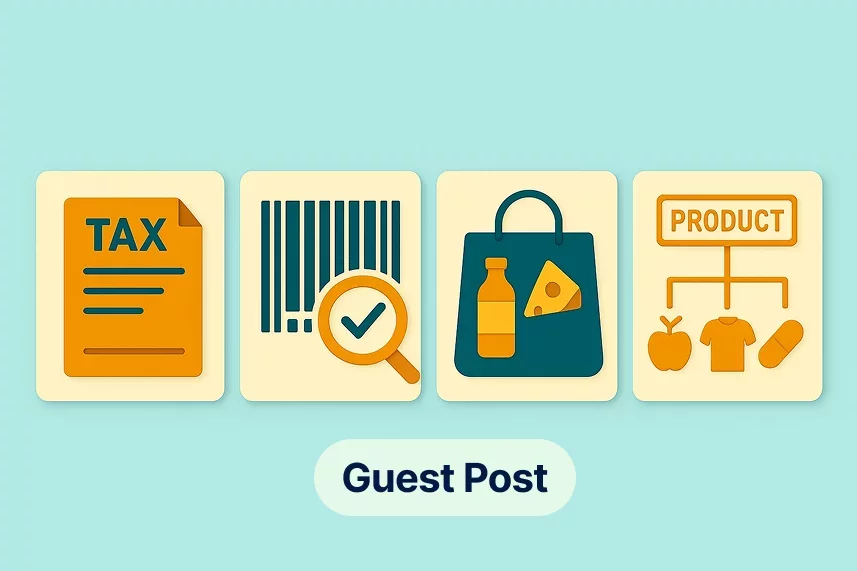












-7xdqdopxl6.webp)



-a9bz8kz2cs.webp)






























